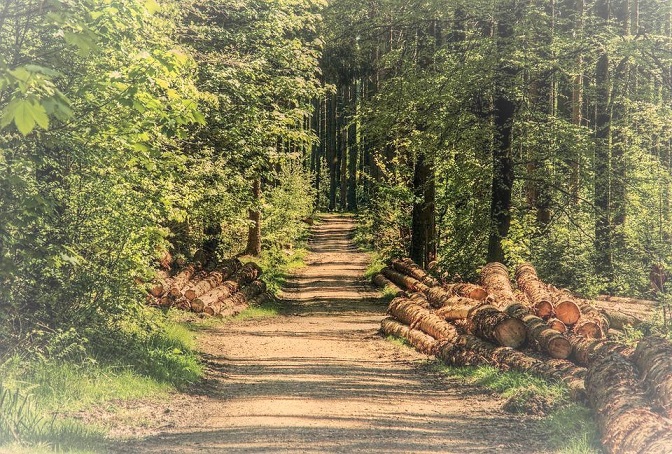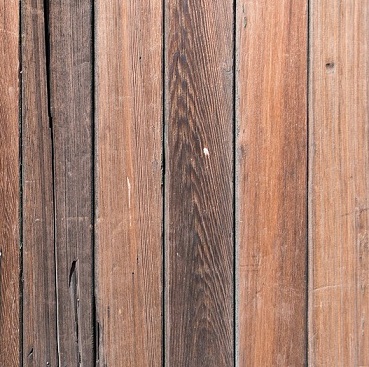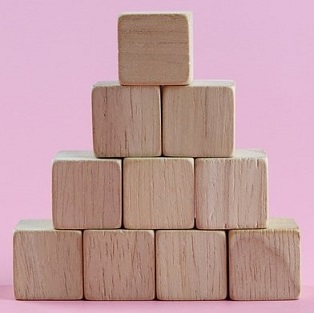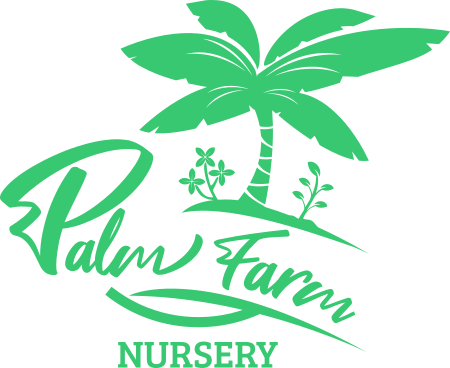Timber Trees
A surprisingly lucrative long-term investment
Potential of Timber
Planting timber is more profitable than planting food crops in the long run. To overcome the problem of the long wait to harvest, timber cultivation is typically practiced along with crop and livestock production systems. Timber is an important value asset for farmers because of the increasing demand for timber and limited wood supply from industrial plantations and natural forests. For a proper long-term gain, farmers should broaden their tree species portfolio and expand tree cultivation on farms. The supply gap left by the diminished forest plantations opens a new livelihood opportunity for commercial as well as smallholder farmers.


A large, fairly fast-growing, evergreen tree, The wood is dark, hard, reddish brown and durable, suitable for furniture, flooring, panelling, and excellent for boat building, moderately heavy, with an attractive grain. Popular as a source of firewood and charcoal. Charcoal made from red mahogany wood has a long burning time with a gentle and steady heat. Red mahogany is perfect for using in integrated farming systems for crop production. Leaves and twig litter decomposition improve soil fertility and organic matter status of the soils that lead to an improvement in crop yield output.
Suitable to grow in most soil types, also tolerant of swampy soils. The wood weathers well and is resistant to borers and termites.
1 m tree K100
1.5 m tree K180

Ochroma pyramidale (Balsa Tree)
Balsa is a pioneer species that thrives on abandoned land, recommended for the recovery of degraded areas and soil improvements. Fast leaf turnover increases the soil organic matter content. The flowers provide abundant food for bats, birds and several insects. The seed fibre is used as stuffing for mattresses and cushions. In aeronautic modelling, Balsa Wood is very much in demand as it is a perfect wood that can easily withstand crash landings and does not cause any major damage. Valued as a component of full-sized light wooden airplanes.
1 m tree K100
1.5 m tree K180
2 m tree K320
